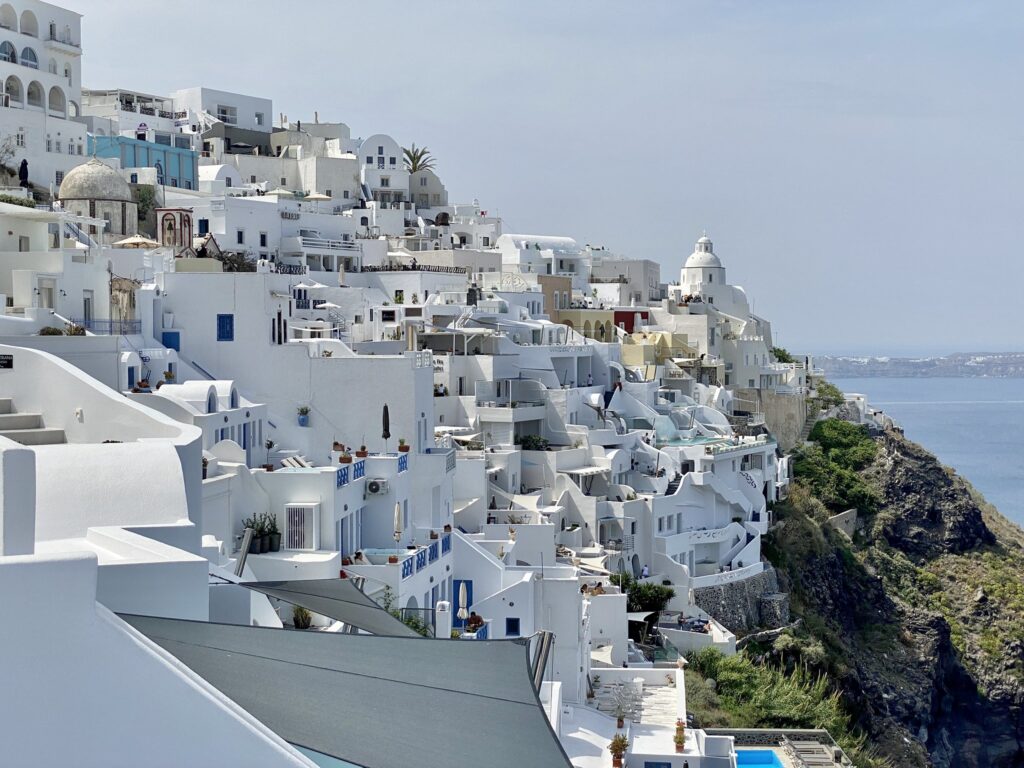
As the climate warms, city dwellers tend to suffer from extreme heat more than people in rural areas because of the urban heat island effect. Extensive surfaces of man-made materials like concrete, asphalt, and brick absorb the sun’s energy and lead to temperatures well above those in the surrounding countryside.
Cities can take countermeasures that include creating urban green spaces full of plants that cool the surrounding air and the use of cool roofs that reflect the sun’s energy back into space. Local governments in many cities provide incentives for planting more trees. But more could be accomplished by encouraging the use of cool roofs.
The heat island effect has been well-known for a long time, but scientists are only recently learning what interventions are most effective. A recent study modeled two days of extreme heat in London in 2018 and compared the potential effects of cool roofs, green roofs, roof-top solar panels, and ground level vegetation. They found that cool roofs are the most effective way to lower temperatures and would have reduced London temperatures by 2 degrees on average and as much as 3.6 degrees in some places.
Cool roofs are created by swapping out dark, heat-absorbing roofing materials with reflective materials or simply by painting roofs white. Los Angeles is the first major city to require that all new residential construction includes a cool roof.
Apart from the effectiveness of passive cooling techniques, using them also reduces the reliance upon air conditioning to protect people from heat. Air conditioners themselves contribute considerable amounts of heat to urban environments.
**********
Web Links
The surprisingly simple way cities could save people from extreme heat
Photo, posted February 21, 2024, courtesy of Warren LeMay via Flickr.
Earth Wise is a production of WAMC Northeast Public Radio
Leave a Reply